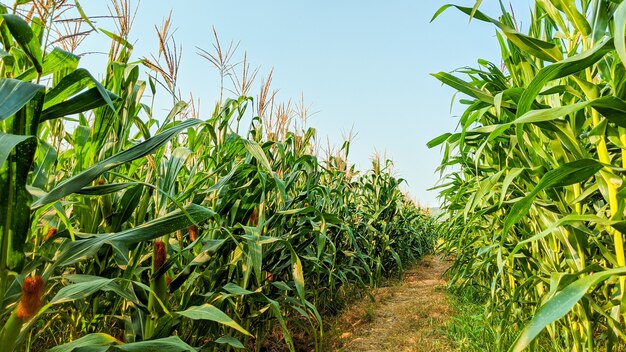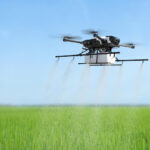Maximizing crop yield is crucial for the profitability and sustainability of any farming operation. For South African farmers, leveraging specific strategies that suit local conditions can lead to higher productivity and a more successful harvest. Below are key tips and practices to help optimize crop yields.
1. Soil Health Management
Soil is the foundation of successful farming. Conduct regular soil tests to understand its nutrient profile and pH balance. This will help farmers determine the appropriate type and quantity of fertilizers needed. Enrich the soil with organic matter, such as compost or manure, to boost its fertility and improve its structure.
- Tip: Aim for a soil pH between 6.0 and 7.0 for most crops, but adjust according to crop-specific needs.
2. Use of High-Quality Seeds
Select certified, high-quality seeds that are suitable for local climatic conditions. High-yielding and disease-resistant seed varieties ensure better germination rates and reduce vulnerability to pests and diseases.
- Tip: Opt for seeds from reputable suppliers and choose varieties that are drought-tolerant if farming in semi-arid regions.
3. Optimal Planting Techniques
Planting at the right time and at the correct depth ensures proper seedling development. Use tools like seed drills for uniform planting and better crop spacing. This helps in maximizing light exposure and minimizing competition for nutrients.
- Tip: Follow the recommended sowing calendar for your region and crop type.
4. Efficient Water Management
Water scarcity is a significant challenge in many parts of South Africa. Implementing water-efficient irrigation methods, such as drip or sprinkler systems, can lead to substantial water savings and consistent soil moisture.
- Tip: Use mulching to reduce evaporation and maintain soil moisture.
5. Fertilization Strategy
Apply fertilizers at the right time and in the right amounts. Over-fertilization can damage crops and harm the environment, while under-fertilization can stunt growth. Use slow-release fertilizers and consider foliar feeding to address nutrient deficiencies quickly.
- Tip: Incorporate organic fertilizers to promote long-term soil health.
6. Integrated Pest Management (IPM)
Pests and diseases can significantly impact crop yields. Implement an IPM approach, which combines cultural, mechanical, biological, and chemical methods to control pests.
- Tip: Introduce beneficial insects and practice crop rotation to naturally reduce pest populations.
7. Crop Rotation and Intercropping
Rotating crops helps prevent soil depletion and reduces the buildup of pests and diseases. Intercropping, or planting complementary crops together, can improve soil health and maximize the use of space.
- Tip: Combine legumes with cereals to fix nitrogen in the soil and boost overall productivity.
8. Advanced Technology and Precision Farming
Incorporate precision farming techniques, such as GPS-guided equipment and data analytics, to monitor crop health, soil conditions, and weather patterns. This technology allows for targeted interventions and more efficient use of resources.
- Tip: Utilize drone technology for aerial surveys and early detection of crop issues.
9. Regular Monitoring and Record-Keeping
Maintain detailed records of planting dates, fertilization schedules, pest control measures, and weather conditions. Regular monitoring helps identify problems early, allowing for timely action.
- Tip: Use farm management software to keep track of your farming activities and analyze data trends over time.
10. Training and Continuous Education
Stay informed about new agricultural practices, techniques, and technologies. Participating in workshops, attending agricultural expos, and engaging with agricultural extension services can provide valuable insights.
- Tip: Join farming cooperatives or networks to share knowledge and resources.
Maximizing crop yield involves a multifaceted approach that integrates soil health, quality seeds, efficient water use, and modern technology. By implementing these best practices, South African farmers can boost productivity, enhance sustainability, and secure better financial outcomes for their operations.







